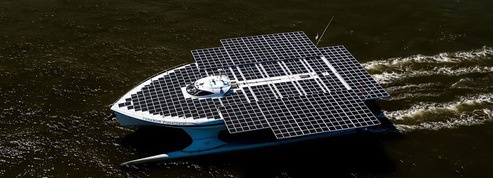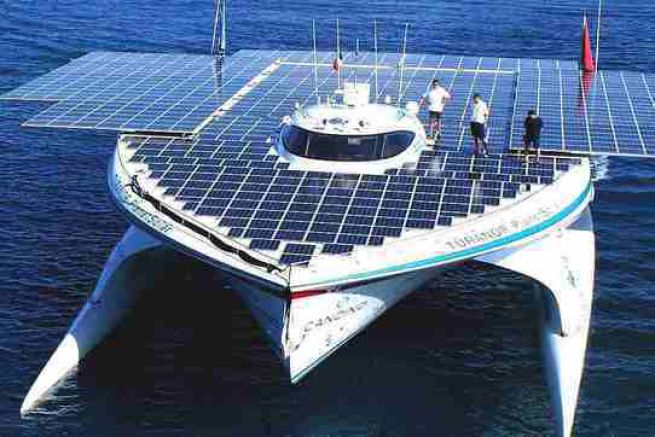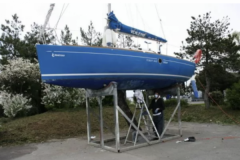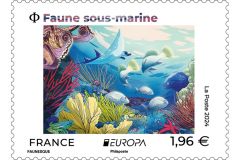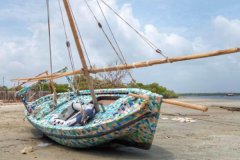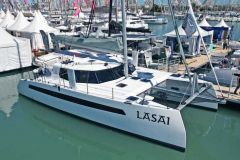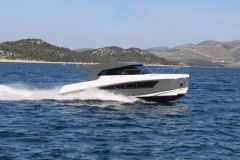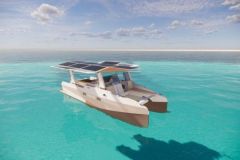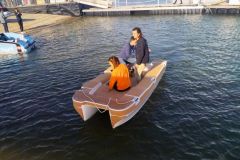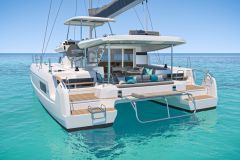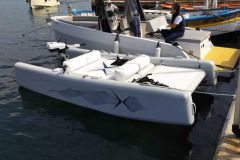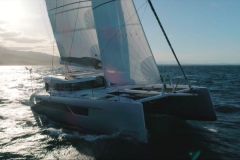Reconstruct sunken prehistoric landscapes
The University of Geneva (UNIGE) and PlanetSolar are launching this summer the expedition"The TerraSubmersa ". This project, carried out in collaboration with the Laténium de Neuchâtel, the Greek Underwater Antiquities Service, the Swiss School of Archaeology in Greece and the Hellenic Maritime Research Centre, aims to explore the seabed of the Gulf of Nafplion in Greece in order to reconstruct prehistoric landscapes and discover possible traces of human activity.
About 20,000 years ago, at the end of the last ice age, sea levels were much lower than they are today. Reconstructing submerged prehistoric landscapes and studying them would allow us to understand the interactions between prehistoric man and the sea. This research represents one of the major archaeological challenges of the 21st century and will make it possible to identify the settlement mechanisms of coastal zones.
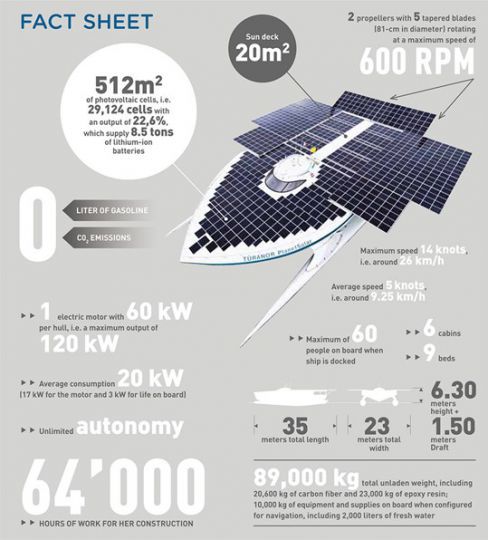
The largest solar catamaran in the world
Following the success of the expedition DeepWater in 2013, it is on board the MS Tûranor PlanetSolar that the researchers will take place. This boat, the largest solar catamaran in the world is the symbol of a technology in the making and will make it possible to take geophysical measurements and to draw up a topography of the coastal zones. This catamaran, 31 metres long and 15 metres wide, is covered with 537 m2 of photovoltaic panels with a total power of 120 kWp. Its average cruising speed is around 7.5 knots (14km/h) and requires only 20 kW under normal sailing conditions
The search will be preceded by three stops: Eretrie, Athens and Nafplion from August 1st. Events will then be organised for young and old: lunches, visits, exclusive meetings..
